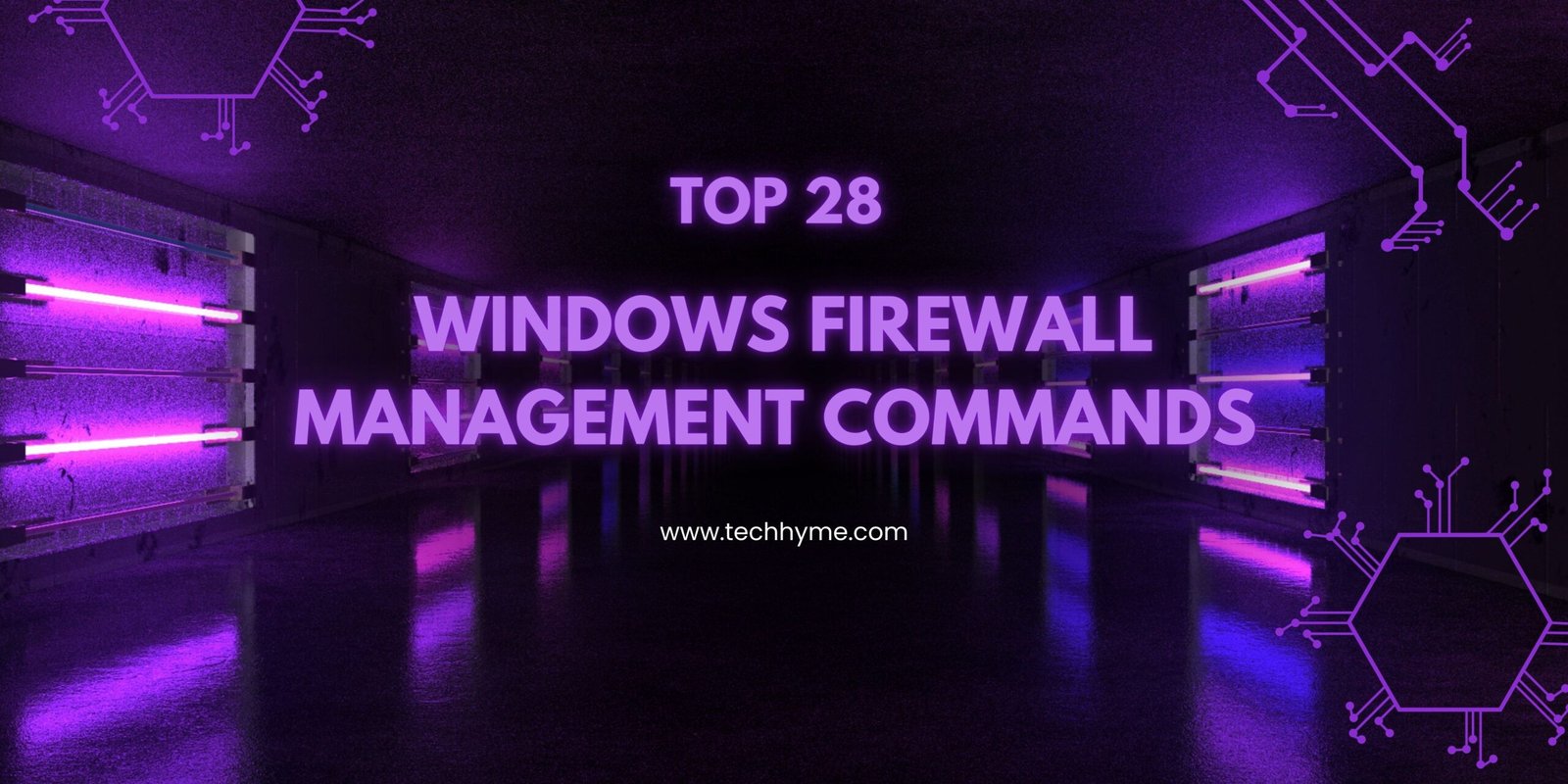
In today’s interconnected world, the proliferation of technology has brought about countless opportunities for progress and communication. However, alongside these advancements, there has been a surge in cyber threats and security compromises. As technology evolves, so do the methods employed by malicious actors to breach systems, steal sensitive data, and disrupt services.
This article delves into some specific examples and trends of security compromises that have occurred in recent years.
- Operation Phish Pry: A Cross-Border Cybercrime Bust
- Twitter’s Takedown: Denial-of-Service Attack Affects Millions
- Zeus Botnet Breaks into Amazon’s Cloud
- Android’s Phishing App Predicament
- Interception of U.S. Predator Drone Video Feeds
- Google’s Clash with China-based Hacker Attacks
1. Operation Phish Pry: A Cross-Border Cybercrime Bust
One noteworthy case of cybercriminal collaboration occurred in the joint operation between U.S. and Egyptian law enforcement, dubbed “Operation Phish Pry.” Over the course of a two-year investigation, authorities uncovered a ring of American and Egyptian hackers who cooperated to infiltrate American bank systems.
Using phishing techniques, these hackers lured individuals into providing their bank account information, which was then exploited for financial gain. The successful bust, which took place in October 2009, resulted in the indictment of 100 accused defendants involved in this cybercrime operation.
2. Twitter’s Takedown: Denial-of-Service Attack Affects Millions
In 2009, social media giant Twitter fell victim to a series of cyberattacks, one of which was a Distributed Denial-of-Service (DDoS) attack. This targeted assault overwhelmed Twitter’s servers with a flood of traffic, rendering the platform inaccessible to more than 30 million users.
The impact extended beyond Twitter, causing disruptions on other social networking sites like Facebook and LinkedIn, collectively affecting approximately 300 million users. This incident highlighted the vulnerability of popular online services to DDoS attacks, which remain a persistent threat to this day.
3. Zeus Botnet Breaks into Amazon’s Cloud
Amazon’s Elastic Compute Cloud (EC2) service, renowned for its safety and performance, faced a security breach in December 2009. Cybercriminals operating the notorious Zeus botnet exploited a vulnerability, gaining unauthorized access to the EC2 cloud computing service.
The malware responsible for the attack obtained authentication credentials from an infected computer, allowing it to penetrate one of the websites hosted on an Amazon server. The attackers then established a command and control infrastructure on the Amazon cloud, leveraging its high-performance capabilities to rapidly disseminate malicious commands across the network.
4. Android’s Phishing App Predicament
In December 2009, a concerning incident unfolded within the Android mobile phone operating system ecosystem. A hacker released a phishing application in the open-source application store, which was accessible to various phone companies, including Google’s Nexus One phone.
Unsuspecting users downloaded the seemingly legitimate software, unwittingly entering their personal information into the application. The fake app was designed to resemble specific credit unions, making it even harder for users to discern its malicious intent. This event shed light on the importance of robust app store security measures to prevent the proliferation of malicious software.
5. Interception of U.S. Predator Drone Video Feeds
In 2008 and 2009, Iraqi insurgents managed to intercept live video feeds from U.S. Predator drones. The attackers exploited vulnerabilities in the drone systems, gaining access to nonsecure links used for communication and surveillance purposes. As a result, the insurgents were able to discern the whereabouts of U.S. military operations and surveillance activities.
The incident raised concerns about the security of military-grade technology and the need for robust encryption and protection mechanisms.
6. Google’s Clash with China-based Hacker Attacks
Early in 2010, Google publicly announced its contemplation of pulling its search engine from China. One of the primary reasons cited was the rampant series of China-based hacker attacks targeting the company. These attacks employed various techniques, including malware distribution and phishing campaigns, to compromise the Gmail accounts of human rights activists and other targets.
The incident triggered debates surrounding state-sponsored cyber espionage and the importance of safeguarding user data and privacy.
Trends and Implications:
The examples above provide valuable insights into the evolving cybersecurity landscape. Several trends emerge from these incidents:
- Phishing Remains Pervasive: Phishing attacks continue to be a favored method for hackers to trick individuals into divulging sensitive information. Vigilance and awareness among users are critical in combating this threat.
- Cloud Services Face Increasing Scrutiny: As cloud adoption grows, so does the attractiveness of cloud-based services to cybercriminals. The Zeus botnet attack on Amazon’s EC2 highlights the importance of robust security measures to safeguard cloud environments.
- Mobile Devices Are Vulnerable: The rise in mobile device usage has made them attractive targets for cybercriminals. App store security and user education are essential for mitigating risks related to malicious apps.
- Critical Infrastructure Vulnerabilities: The interception of Predator drone video feeds underscores the potential consequences of overlooking cybersecurity in critical infrastructure systems. Strengthening security in such systems is crucial to national security.
- State-Sponsored Cyber Activities: Incidents like Google’s clash with China-based hacker attacks raise concerns about the role of nation-states in cyber espionage and highlight the need for international cooperation in tackling cyber threats.
In conclusion, the examples and trends of security compromises outlined above emphasize the importance of a proactive and comprehensive approach to cybersecurity. As technology continues to advance, so too must our defenses against cyber threats. Individuals, organizations, and governments must collaborate, invest in robust security measures, and prioritize cybersecurity to protect sensitive data, preserve privacy, and ensure the stability of our interconnected world.









This Post Has One Comment